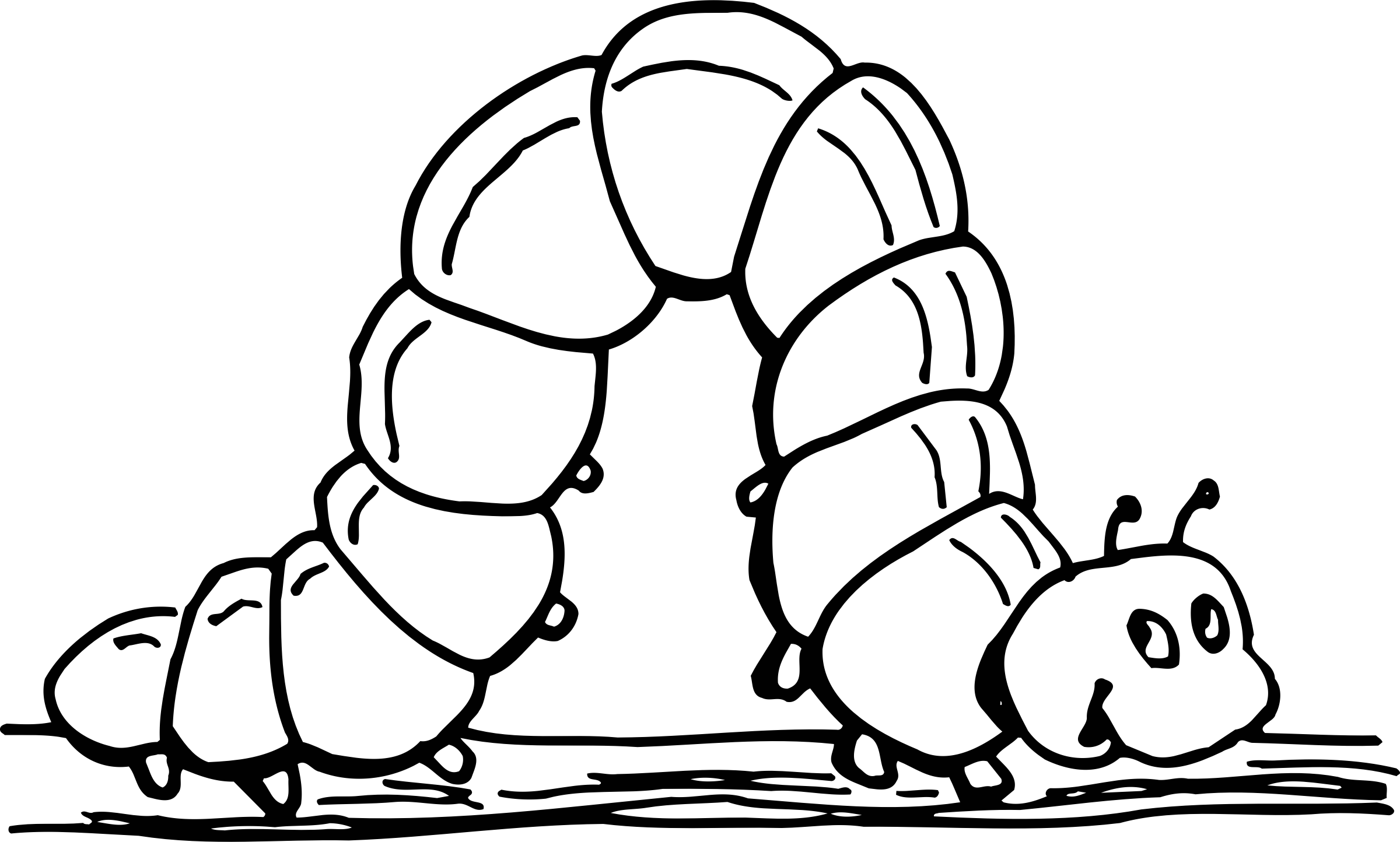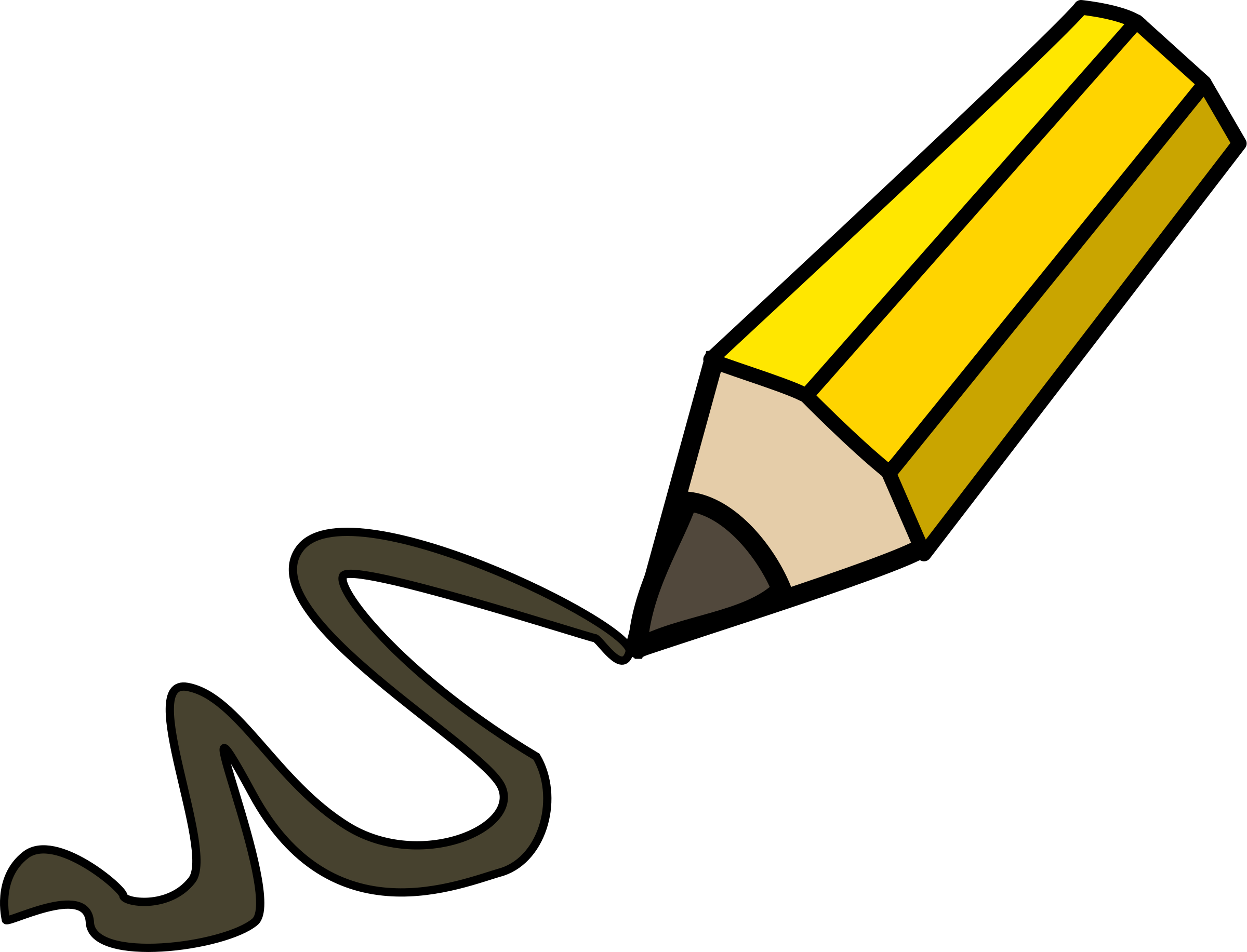 While it’s true you should never judge a book solely by its cover, it’s undeniable that some book covers are just as beautiful and iconic as their contents. When you picture your favorite childhood read, you can probably still picture that cat on the cover with the twinkle in his eye, or that dashing young hero or heroine who looked exactly like the sort of person you wanted to be when you grew up.
While it’s true you should never judge a book solely by its cover, it’s undeniable that some book covers are just as beautiful and iconic as their contents. When you picture your favorite childhood read, you can probably still picture that cat on the cover with the twinkle in his eye, or that dashing young hero or heroine who looked exactly like the sort of person you wanted to be when you grew up.
Designing a cover can be one of the most fun elements of creative play in the book creation process, especially for students with an artistic streak. But even the most imaginative kids might need a little inspiration to get started—and what better place to find that inspiration than in a library or on a bookstore shelf? These four student book cover ideas based on popular children’s books will help you teach your students how to create something new from something old—while taking one more step toward becoming published authors in the process.
 Idea #1: Get Crafty a la Eric Carle
Idea #1: Get Crafty a la Eric Carle

Almost every child in the United States will read at least one Eric Carle book at home or at school before they grow up. The Very Hungry Caterpillar and Brown Bear, Brown Bear are award-winning classics, and I personally still harbor fond memories of drifting off to sleep while watching the twinkling lights of The Very Lonely Firefly in my darkened bedroom. The illustrations in Carle’s books are the embodiment of beauty in simplicity: everything is built from geometric shapes and muted colors. This simplicity makes his art style easily accessible even for the youngest students.
To use Carle’s work as inspiration, simply provide your students with cut-out colored geometric shapes—or have them cut their own from construction or scrapbook paper—and let them play with what sort of pictures they can create from the separate shapes. Each student can make their own for air, or you can make one cover together for a collaborative classbook using poster paper and a camera or scanner.
 Idea #2: Diary Doodles
Idea #2: Diary Doodles
Doodles are often something we draw without even realizing it. They often go unnoticed and, in some places (such as the margins of an exam or essay), they are even unwelcome. But doodles can also convey personality and emotion in ways other styles cannot and add a uniquely personal touch wherever they appear.
They are also the reason Jeff Kinney’s Diary of a Wimpy Kid books always stand out on a bookshelf. Like Carle’s shapes, Kinney’s drawings are simple but memorable. Doodling like Kinney may make it easier for your students to explore their own art styles and ideas.
Ask your students to try doodling designs for their book covers while doing something else, like listening to music or watching a video, to see what interesting images might appear of their own accord!
 Idea #3: Get Seussian with Selective Color
Idea #3: Get Seussian with Selective Color
Though most of us think of the world of Dr. Seuss as a place brimming with an endless supply of bright hues, many of his book covers only involve one or two carefully chosen colors amid black and white illustrations. The Cat in the Hat, for instance, only features two—the red of the cat’s hat and bowtie and the blue of the background—as does Green Eggs and Ham, in which the eponymous food is highlighted against an orange backdrop.
Following in Seuss’s footsteps can provide an excellent opportunity to teach your kids about color symbolism and design strategy. Ask your students to consider what colors best represent the classbook and choose only one or two to use for their book covers, or brainstorm ideas together for the cover of a classbook.
 Idea #4: Experiment Like Blake
Idea #4: Experiment Like Blake
Sir Quentin Blake has illustrated over 300 children’s books and is perhaps most widely recognized as the artist  behind the iconic illustrations of many of Roald Dahl’s most famous works, including Charlie and the Chocolate Factory, James and the Giant Peach and The Fantastic Mr. Fox. His illustrations are very free-spirited, with wild lines and chaotic splotches of color that are more about conveying energy and emotion than technical perfection.
behind the iconic illustrations of many of Roald Dahl’s most famous works, including Charlie and the Chocolate Factory, James and the Giant Peach and The Fantastic Mr. Fox. His illustrations are very free-spirited, with wild lines and chaotic splotches of color that are more about conveying energy and emotion than technical perfection.
Using Blake as a source of inspiration, give your students a chance to color outside the lines and experiment with exaggerated features like the BFG’s flappy ears or the Enormous Crocodile’s impossibly long snout. For slightly older elementary students it may also be a great opportunity to explore the idea of controlled chaos—for instance, learning how to splatter paint on the page without getting it on the desk or the floor!
PROJECT IDEA
Remember to keep our writing and illustrating tips in mind when creating covers for your classbook. Some mediums work best in the digitization process, like washable markers and black ink. Colored pencils or pictures of pictures can look slightly washed out in the final product. Also, remember to leave a ¼-inch border on all pages!
Teaching Inspiration Versus Copyright Infringement
Depending on what grade you teach, it might be a bit early to start talking to your kids about copyright infringement and why it’s bad. However, the difference between copying someone else’s work and drawing inspiration from it—and why it matters—is an important lesson in life and a vital one in the world of art and publishing.
Whether they’re looking to Carle, Kinney, Seuss or Blake for guidance, using these book cover ideas ideas provides you with the perfect means to show your students how someone else’s great ideas can inform their own and help them create something new and exciting, rather than just repeating what others have done before them. Plus, when their finished books arrive and they finally become published authors, they’ll feel that much more accomplished knowing that their work is unique and truly their own.
To find more book-making inspiration for you and your future published authors—including sample books, topic ideas and more—be sure to check out our online teacher’s lounge, and sign up today for your free publishing kit!
Image sources: Lead image via Unsplash user Aaron Burden; Images 1, 2, 3, 4 via Openclipart.com






